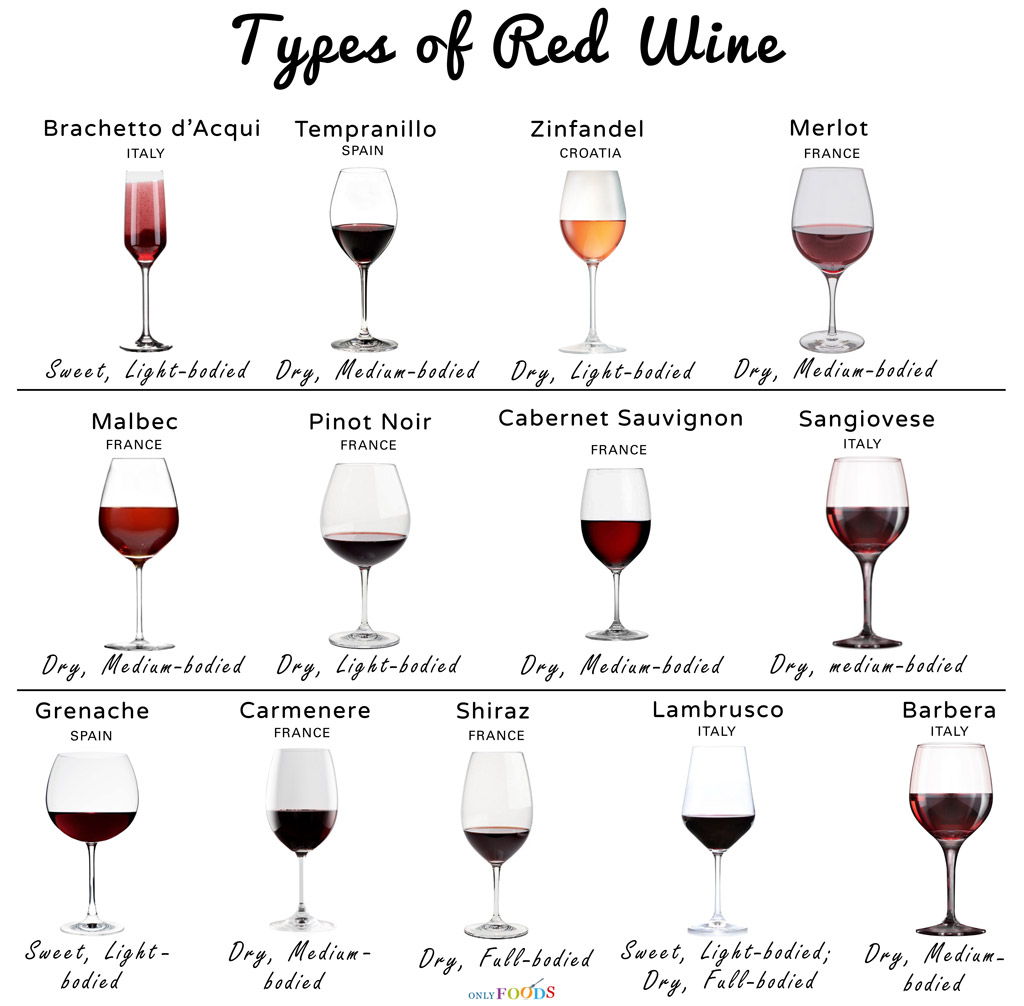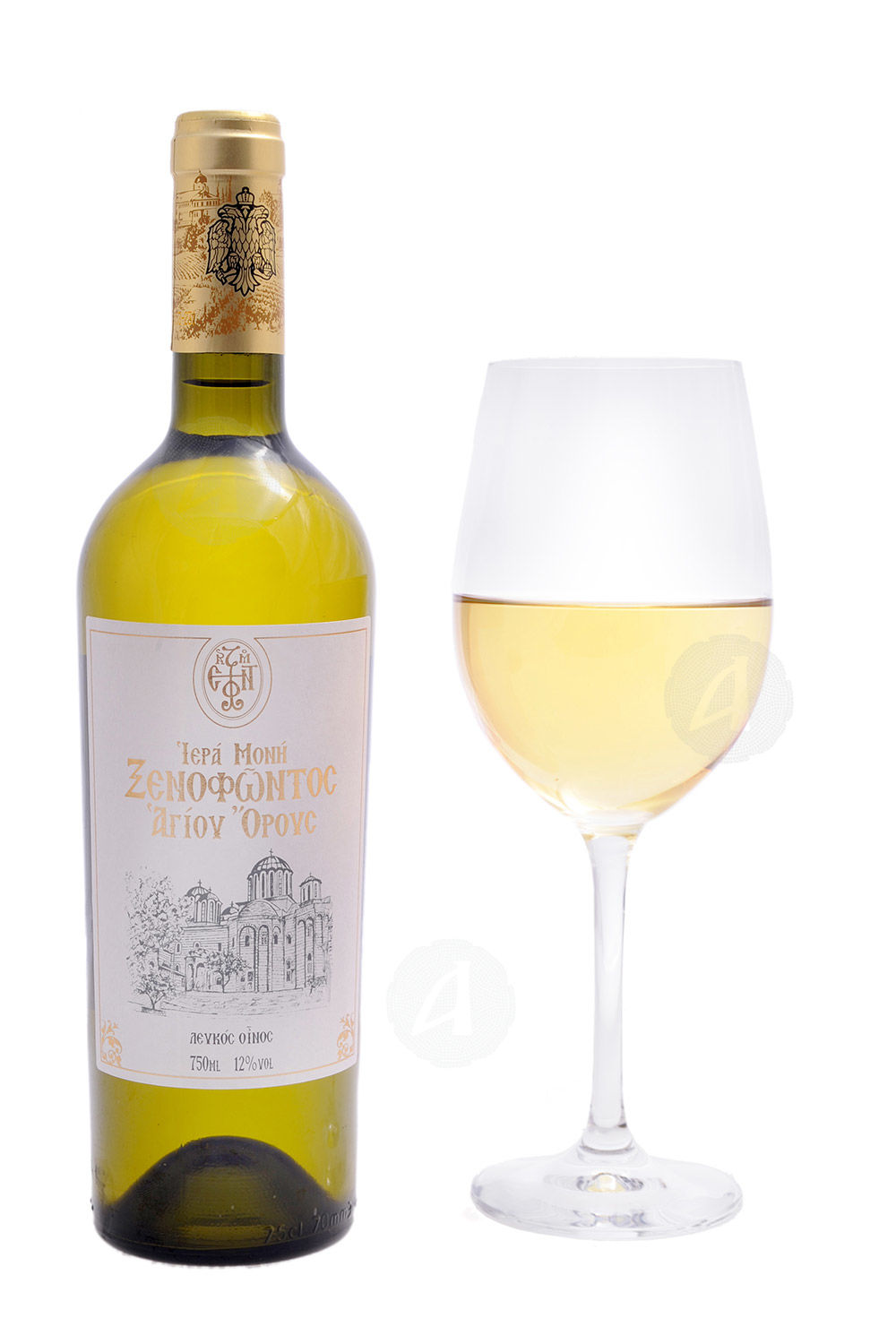
The inexpensive ones in the list below should be enjoyed today but the best will improve for at least a decade This is a subject for another day, a disputatious day, but Kerambrun’s point is well made: More than any wine region, Alsace offers the conscientious winemaker the opportunity to combine the unique sweet/crisp contradiction of the grape with the slatey minerality of the soil for quite unique and utterly distinctive wines.Īnd they can age splendidly. Sometimes, some places in the world, some winemakers have forgotten totally about that.” There are three primary Alsatian varietals: Riesling, Pinot Gris and Gewurztraminer, with Pinot Blanc trotting along behind.įor Kerambrun “The grapes, in addition to their own flavor must give some flavor, some texture of the soil, of the minerality. Kerambrun notes that his customers, the few who are savvy enough to order Alsatian wine, “think about the sort of grape and the producer before they think about Grand Cru.” It’s worth remembering though that, as in Burgundy, the producer’s name is more important than whether the wine is a Grand Cru or not. As Guillem points out they are “Difficult to remember, to write, to spell, to say.” Altenberg de Bergheim, Kaefferkopf and Kanzlerberg don’t exactly trip off the Anglophone tongue easily. Gewurztraminer is bad enough but the names of the some of the Grand Cru are worse.

Alsace is part of France today but many of the names are German, and can be confounding tongue-twisters. In the same terroir, even if you use different grapes, made by the same winemaker – of course the grape will give some flavor – the minerality, the soil the philosophy of the wine will be similar.”Īnother problem Alsatian wines face, in the American market at least, is the names. We use the sort of grape that makes connection between the soil and the wine. What makes these wines so special? For Guillem Kerambrun, until recently Wine Director of Alain Ducasse’s Rivea in Las Vegas, and Wine Director and GM of Benoit in NYC, about as authentic an Alsatian brasserie as you’ll find this side of Paris, they represent “A true expression of the terroir, a true expression of the soil. It’s pretty hard to sustain a healthy wine industry when you're being batted around like a shuttlecock in Europe's deadly games of badminton, but over the last 70 years Alsace has been slowly rebuilding its presence on the wine stage by a relentless focus on quality it’s just that the audience hasn’t yet caught up with the evolving plot. In 1870 it was passed, as a trophy of war, from France to Germany, back to France in 1918, fell to Germany in 1940 before being restored to France in 1945. While we wouldn’t say they are the driest of the dry, they give you a nice entry into this world.Situated on the west side of the Rhine, Alsace has had a troubled recent history. If you want to try a dry, sample Natura’s Cabernet Sauvignon or try our Rainstorm Pinot Noir and Pinot Gris. Wine Folly has a great white and red wine sweetness chart with other varietals that you can try. From there, in order from dry to sweet, are some popular dry white wine choices: This is a bone-dry French wine with a mineral taste and citrus notes. The driest white wine, for example, is Muscadet.

Luckily, there are options all along the spectrum. As a result, many do not prefer truly dry wine they like a hint of sweetness or a “semi-dry” option. To make a very broad generalization, most Americans are acclimated to a diet with a higher sugar content than our counterparts overseas. For dry wines, the process is allowed to finish. Depending on the varietal, winemakers stop this process before the yeast can finish the feast. If this appeals to your taste buds, you may want to consult a white and red wine sweetness chart to ensure you are getting the driest white wine or driest red that will suit your palate.Īlcohol is produced during the fermentation process as yeast eats the sugar that is contained in the juice. This is not the case! A dry wine is one that has no residual sugar, so it is not sweet. Some people use it to mean that the wine “feels” dry in the mouth or will, in fact, dry it out.

“Dry” is a word often used when describing wine, but it can be confusing.


 0 kommentar(er)
0 kommentar(er)
